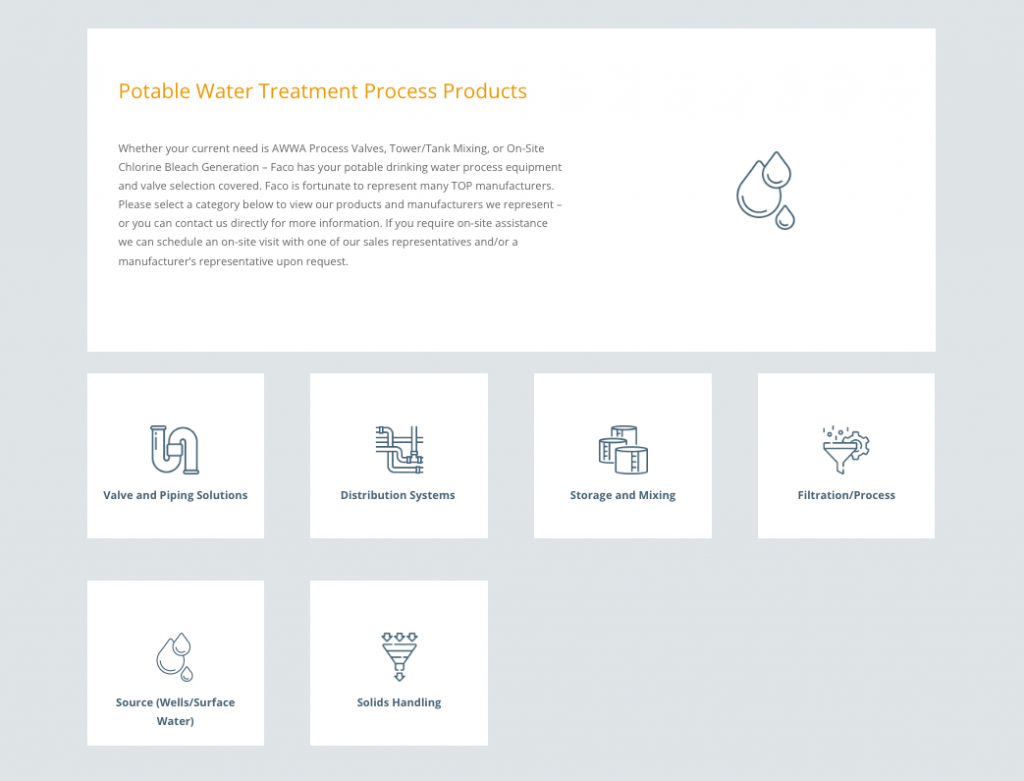The Gov Web Division of BCS is dedicated to building quality websites for municipalities, special districts and industry. We simplify the process by breaking it down into 4 phases from “planning” to “launch.” Doing so makes it easy for our clients to anticipate what’s coming next. While regular meetings and timelines are standard procedure, it’s important to us that the big picture is easy to see. After all, clients have their own work to focus on!
While a majority of website work happens in the planning process, ultimately nobody knows the business quite like the client. Their input during the planning process is always recommended for the best result. In this short series, we will break down areas in development process where client’s can offer project-boosting feedback, as well as including some tips along the way. For this article, we will focus solely on the planning aspect of website development.

The Website Planning Stage
The website planning stage is where roughly 80% of the work is done. For BCS, the official planning stage begins as soon as an initial project meeting happens with the client. However, clients can get a head-start and ensure a smooth process. Having concepts in mind for the following items can set the whole project up for success.
Content Architecture
Also known as “Information Architecture (IA),” or “wireframe.” Having an idea of “what webpages go where” and how many there are will give developers a baseline for the amount of work. The information is also used to inform timelines and as a measure of project completion. Not every page has to be in place at this time, but the exercise can help determine what information is missing.
Content Creation
On the topic of “missing content,” it’s a good idea to review any existing content ahead of time for updates. Any items involving website copy tend to be the most time-consuming. For example, items such as new services, combining existing services, adding team member information, updating history, etc. all require content updates. Getting a jumpstart on the creation of this material, or to otherwise gather resource materials for the website team can accelerate the project timeline!
Information Display, Functionality and Response
While clients aren’t expected to determine exactly how various portions of the website should function, their knowledge becomes handy in this process. As an example: the photo below shows functional elements from a recent partial website redesign we completed for Faco, LLC. Their knowledge of how the existing content should be grouped greatly informed the building process. The result is an intuitive map of products and suppliers for visitors to navigate.

Having input on the items above will set the project up for success, resulting in a quality website that everyone is proud of. Clients are not required to understand all of the details of the website development process, that’s what we’re here for! If you would like more information on how to get started with a new website or a redesign, reach out to us for more information at info@bcs-management.com.

